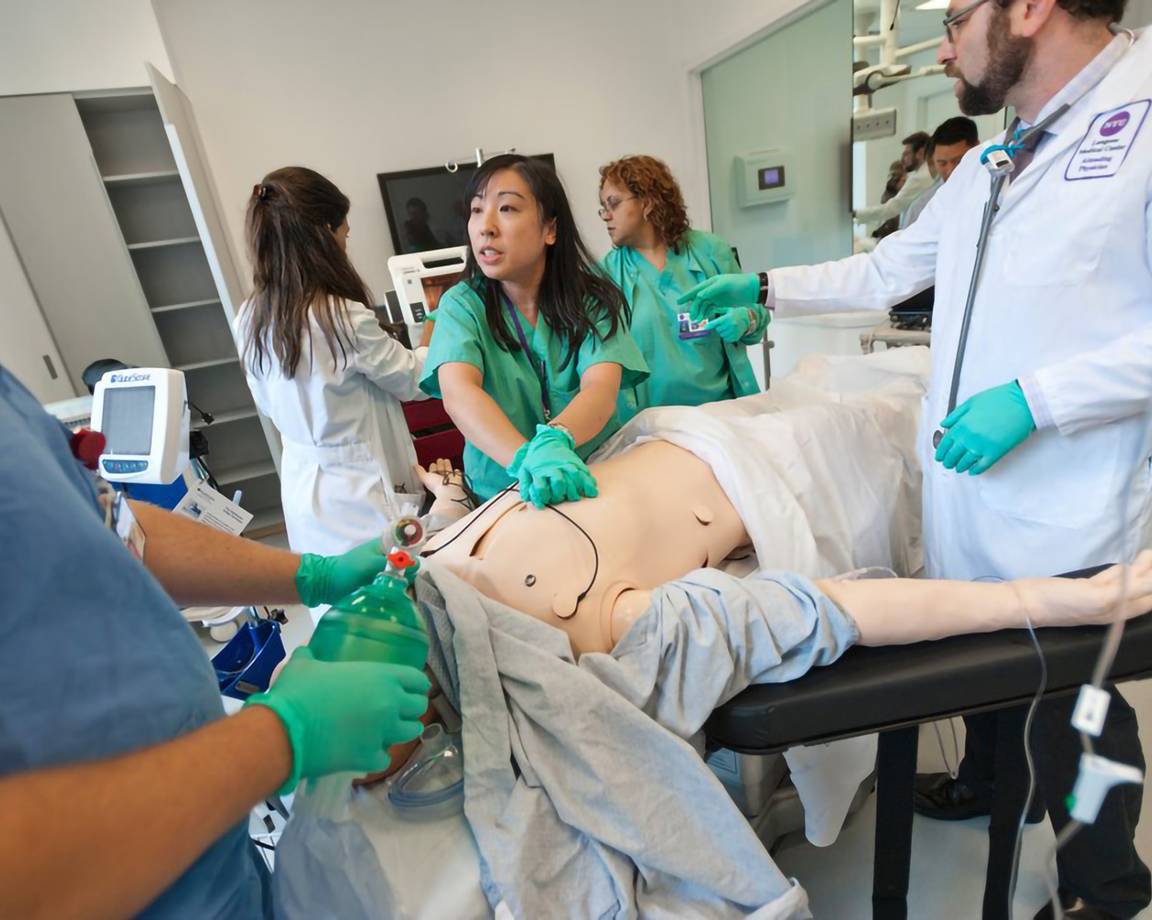
Narrow the curricula focus on multidisciplinary team training
Many medical schools are now teaching the importance of teamwork and communications to doctors-in-training. Similarly, nursing schools have been integrating Quality and Safety Education for Nurses (QSEN) in their curricula. Some organizations are taking team training a step further by bringing varying healthcare disciplines (doctors, nurses, and anesthesiologists, for example) together to conduct multidisciplinary exercises. Research shows that this type of multidisciplinary team training leads to better outcomes, especially in emergency situations.
Use simulation to improve team performance and patient outcomes
Industries like aviation and the military have long-relied on simulation to build effective teams. They’ve seen improvements in team effectiveness, reductions in risk, and better results overall. In healthcare, simulation can yield the same results. Didactic learning alone is generally an insufficient foundation for practice. Even observational learning can fall short. Simulation training can better prepare a team to respond to orchestrated team care, especially emergency care. This, ultimately, leads to better patient outcomes.
Amplify the learning experience with in situ simulation
Simulation conducted on location in your team’s own care setting, otherwise known as in situ simulation, can greatly enhance the realism of a scenario. Once learners become confident in their ability to complete tasks in isolation, in situ simulation offers them an opportunity to reinforce their problem-solving skills as part of an entire care system. Learners can test their team and communication skills in an environment representative of the real-world they are about to enter. In situ simulation builds team confidence and cohesion.